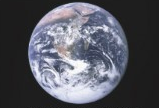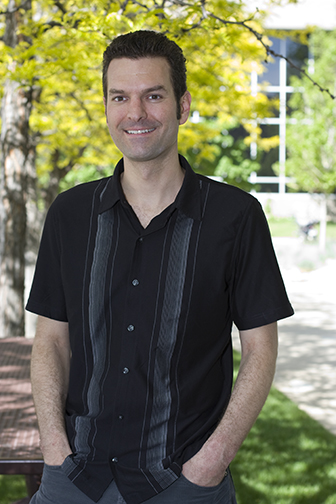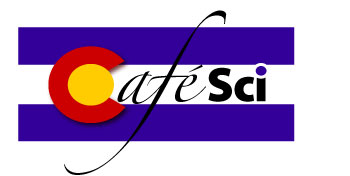About the topic
Bio
Get the Flyer (pdf)
About the topic
The past two decades have witnessed accelerating progress on one of the most fundamental questions in astronomy: Are we alone in the Universe? Astronomers have already discovered hundreds of planets around distant stars. Some of them are nearly as small as the Earth, and orbit in the "Goldilocks zone" of their parent star where liquid water can exist. It remains to be seen whether biological signatures of life or evidence of radio communications can be found in these planetary systems. Our current emphasis is to determine how common such planets might be, to find as many of them as possible, and to characterize those which have already been discovered. I will give an overview of NASA's Kepler space telescope, how it searches for planets around distant stars, and how we characterize those planets using the natural vibrations of their suns.
 Dr. Metcalfe's work is partly supported by a novel new non-profit organization, the Pale Blue Dot Project. For a donation as low as $10. you can adopt a star (which you can select from a list of, well, billions and billions.) All proceeds go directly to research. Click the Pale Blue Dot to learn more or donate.
Dr. Metcalfe's work is partly supported by a novel new non-profit organization, the Pale Blue Dot Project. For a donation as low as $10. you can adopt a star (which you can select from a list of, well, billions and billions.) All proceeds go directly to research. Click the Pale Blue Dot to learn more or donate.
Bio
 Travis Metcalfe, PhD, is a research scientist at the Space Science Institute in Boulder. His received a BS in Astronomy & Physics from the University of Arizona and a PhD from the University of Texas-Austin. He was a fellow at Aarhus University in Denmark and at the Harvard-Smithsonian Center for Astrophysics. He joined NCAR in Boulder as a fellow and then as a Scientist, and has very recently moved to the Space Science Institute.
Travis Metcalfe, PhD, is a research scientist at the Space Science Institute in Boulder. His received a BS in Astronomy & Physics from the University of Arizona and a PhD from the University of Texas-Austin. He was a fellow at Aarhus University in Denmark and at the Harvard-Smithsonian Center for Astrophysics. He joined NCAR in Boulder as a fellow and then as a Scientist, and has very recently moved to the Space Science Institute.
From an article on the NCAR website by Rachael Drummond: There is no mistaking Travis Metcalfe’s enthusiasm for astronomy. His eyes light up, he breaks into a broad smile and simply says, "I’m working in my dream job."
Travis studies stars similar to the Sun in order to understand in what ways our Sun is peculiar. "I like to tell people, imagine if an extraterrestrial came to Earth and interviewed one person in great detail. Depending on who that person was, they might get a pretty biased view of the human race." The same applies when it comes to studying the Sun, explains Travis. Scientists need to study stars like the Sun to understand what is typical and what is unique.
Stars reveal clues to their internal structures through oscillations, or "starquakes," he continues. When this seismic activity ripples to the surface, scientists "read" it as changes in light intensity. "These variations in brightness give us all kinds of information," including the star’s age, radius, composition, temperature, rotation speed, and magnetic activity.
Travis credits a second grade teacher with first capturing his imagination about the stars. "She would mention things like a lunar eclipse, or 'you can see Jupiter tonight.' "
In high school Travis learned some practical applications of astronomy by doing research and quantitative problem solving, like measuring the height of mountains on the moon.
Travis grew up in rural Oregon, a few blocks from the ocean in a small town with a population of less than 10,000. "There were not too many lights to get in the way of viewing the night time sky, although all the ocean moisture in the air isn't great for seeing the stars. That's why I went to college in Arizona, it's the driest place I could find!"
Travis describes himself as a "patient optimist" doing exactly what he loves. "I've always had a desire to contribute something important to society, even though the science I do is one small piece of a big puzzle. Contributing in some way to our understanding of things like climate change is important to me." And patience is almost a requirement in his discipline. "You've got to have a long view in this field because it takes a long time to get an answer, or even part of an answer. It's worth the wait."
